Mediterranean High Atlas Juniper Steppe
The ecoregion’s land area is provided in units of 1,000 hectares. The conservation target is the Global Safety Net (GSN1) area for the given ecoregion. The protection level indicates the percentage of the GSN goal that is currently protected on a scale of 0-10. N/A means data is not available at this time.
Bioregion: South Mediterranean Mixed Woodlands & Forests (PA23)
Realm: Southern Eurasia
Ecoregion Size (1000 ha):
635
Ecoregion ID:
758
Conservation Target:
35%
Protection Level:
8
States: Morocco
The peaks and cliffs of the Mediterranean High Atlas Juniper Steppe ecoregion glow red in the sun, providing havens for nesting raptors and the endemic Atlas day gecko. Mountain birds such as crested larks, alpine accentors and African crimson-winged finches are found in meadow habitats over 3,000 m high. Below, Atlantic cedar, evergreen oak, Spanish juniper and wild ash forests cling to mountainsides along with dizzyingly high Berber terraced gardens. Families of Barbary macaque browse the forest.
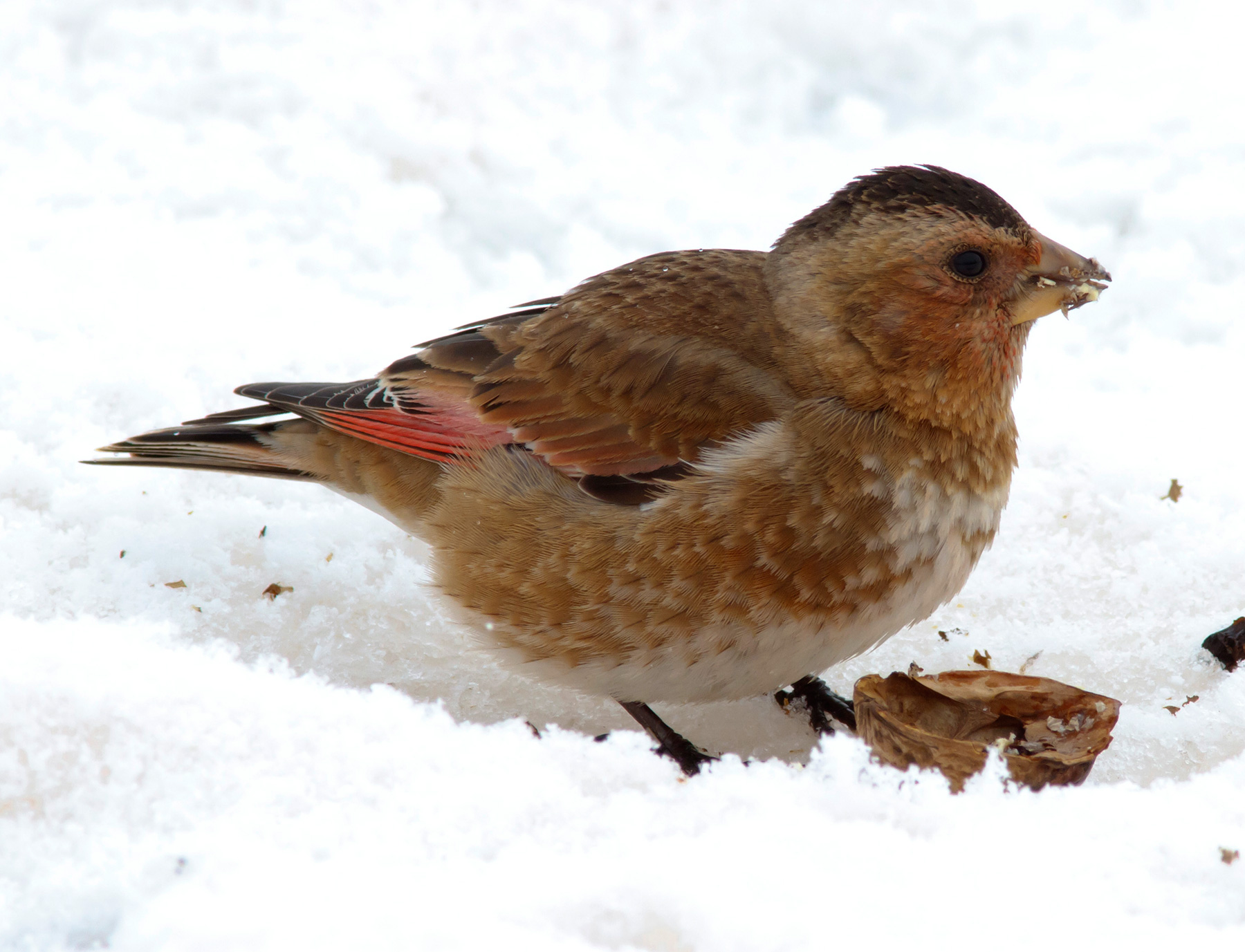
The flagship species of the Mediterranean High Atlas Juniper Steppe ecoregion is the African crimson-winged finch. Image credit: Gary L. Clark, Creative Commons
This ecoregion is limited to areas of the High Atlas Mountains in Morocco above an altitude of 1,628 m. Much of the High Atlas consists of red sedimentary rock with spectacular peaks of volcanic rock weathered into alpine crests, precipitous slopes, and deep canyons. North-facing slopes are relatively humid, with annual precipitation of 600–1,000 mm South-facing slopes are cold and semi-arid, exposed to dry Saharan winds and annual rainfall of 200–600 mm. Snow falls from November to April and persists for months above the tree line.
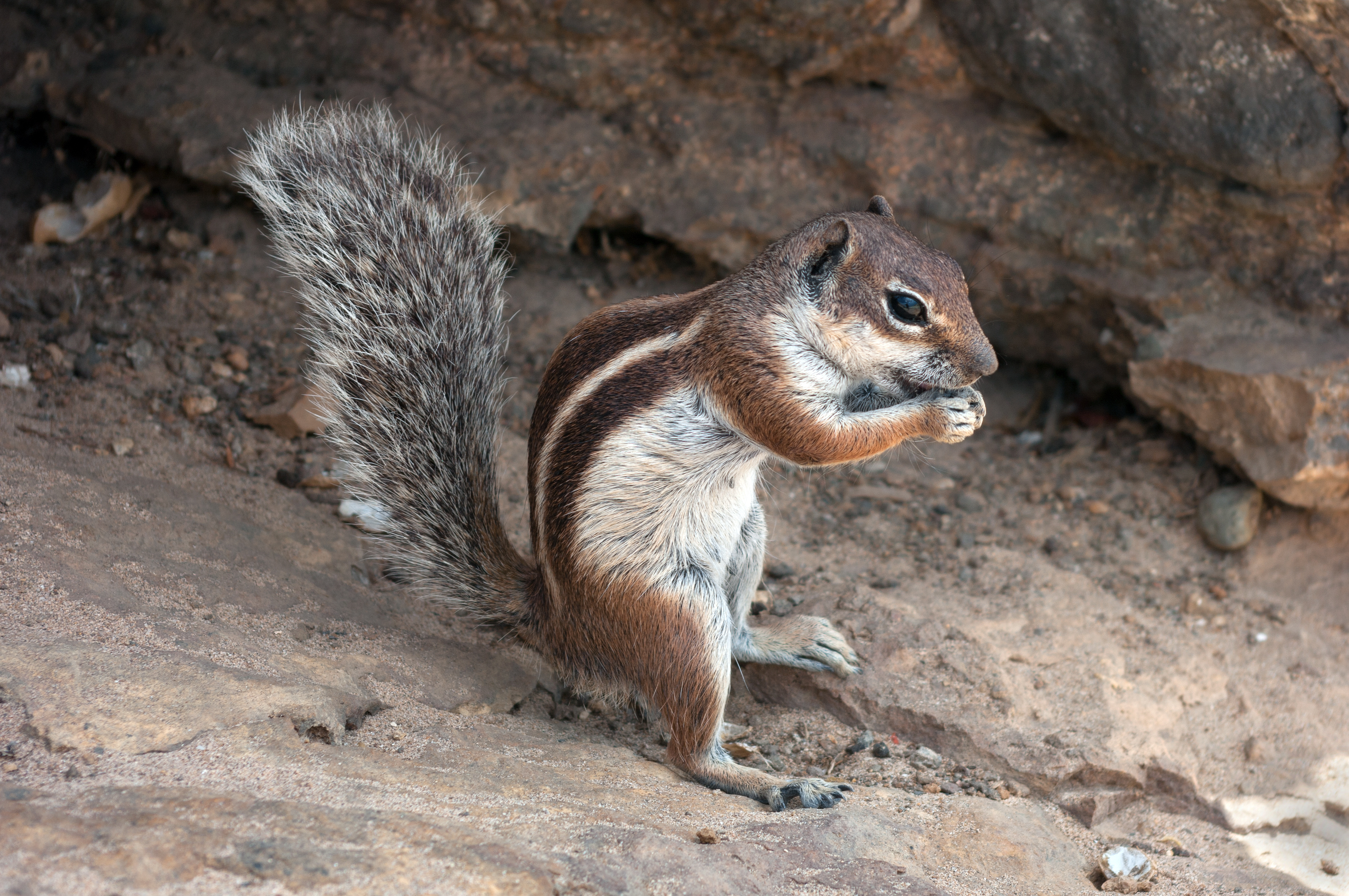
Barbary ground squirrel. Image credit: Creative Commons
The High Atlas Mountains are a well-known hotspot for floral biodiversity, hosting over 400 species endemic to Morocco. There are distinct zones of vegetation because of altitude and aspect. North-facing slopes have evergreen holm oak and Atlantic cedar forest. Drier slopes have Spanish juniper, evergreen holm oak, and endangered wild ash. The relict species Moroccan cypress is endemic to the N’Fis Valley, along with at least 19 species specifically endemic to the High Atlas. Orchids such as broad-leaved helleborine and red helleborine are found on the forest floor. Above the tree line, rocky outcrops are interspersed with alpine meadows of species adapted to cope with strong winds, such as Atlas fescue, alpine fescue, alpine oat-grass, and mountain buttercup.
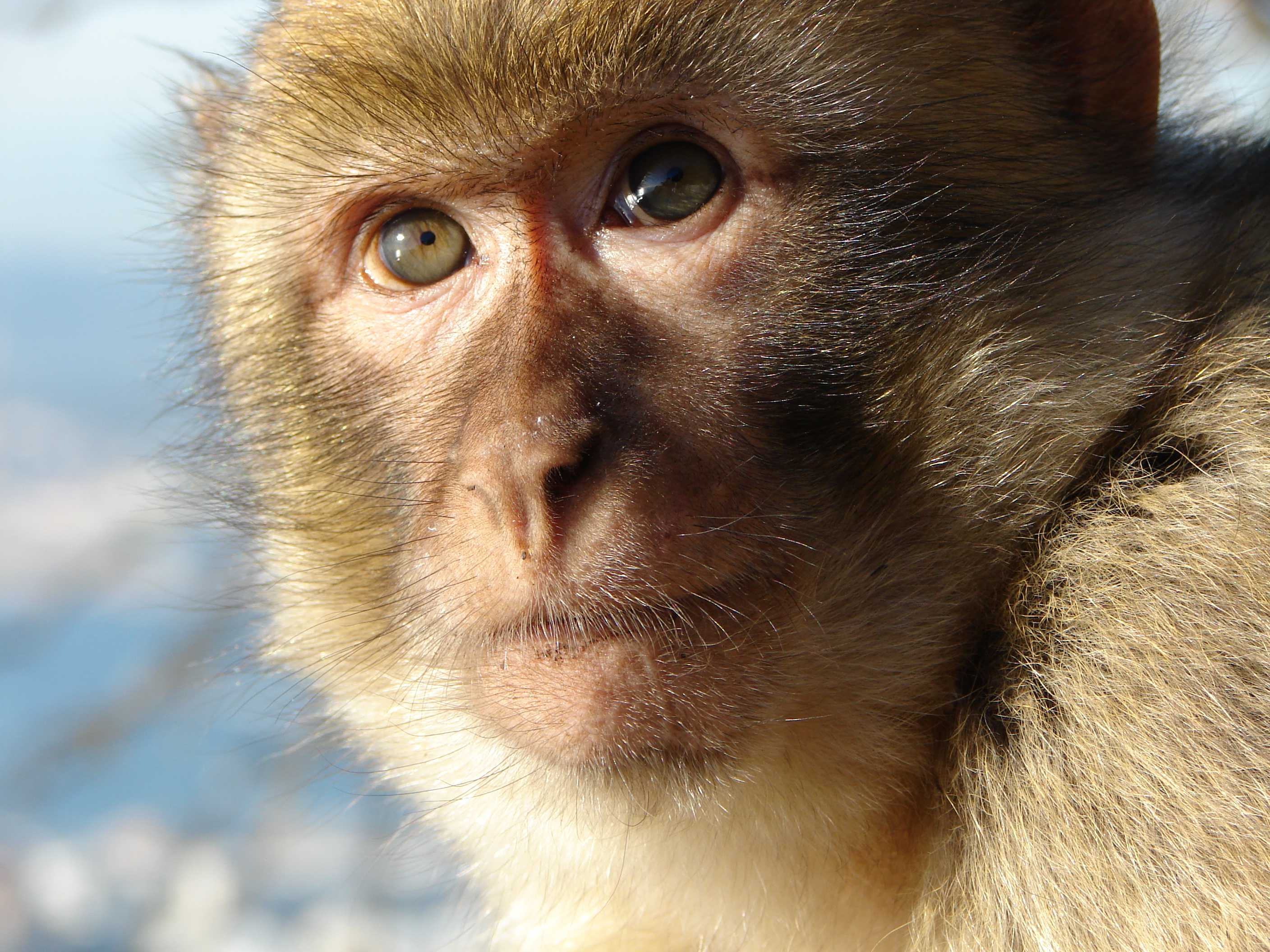
Barbary macaque. Image credit: Creative Commons
The endangered barbary macaque is found in the forests at the lower altitudes of this ecoregion. It is the only wild primate north of the Sahara in Africa. Striped hyena, aoudad, and Dorcas gazelle are found along with smaller mammals such as red foxes, Eurasian otters, golden jackals, caracals, crested porcupines, honey badgers, and Barbary ground squirrels. Birds found in the high altitudes include African crimson-winged finch, alpine accentor, horned lark, red and yellow-billed choughs, Tristram’s warbler, golden eagle, long-legged buzzard, Bonelli’s eagle and the rarely seen bearded vulture. The endemic Atlas day gecko, Atlas dwarf lizard, and Atlas dwarf viper are found even where snow lies.
.jpg)
Bearded vulture. Image credit: Courtesy of Tambako the Jaguar, Flickr
The original vegetation of the mountains has been dramatically reduced due to clearance for crop terraces on steep mountain slopes. Located only 60 km south of Marrakech, the mountain scenery of Toubkal National Park attracts thousands of visitors each year, many of whom climb Jbel Toubkal, at 4,167 m the highest peak in North Africa. Skiing facilities have also been installed. The last confirmed Moroccan report of leopard came from this site in 1993 and it is believed locally extinct. Tawny eagles have not been reported for several years and vulture and raptor populations in the Haut Atlas Oriental National Park have crashed.
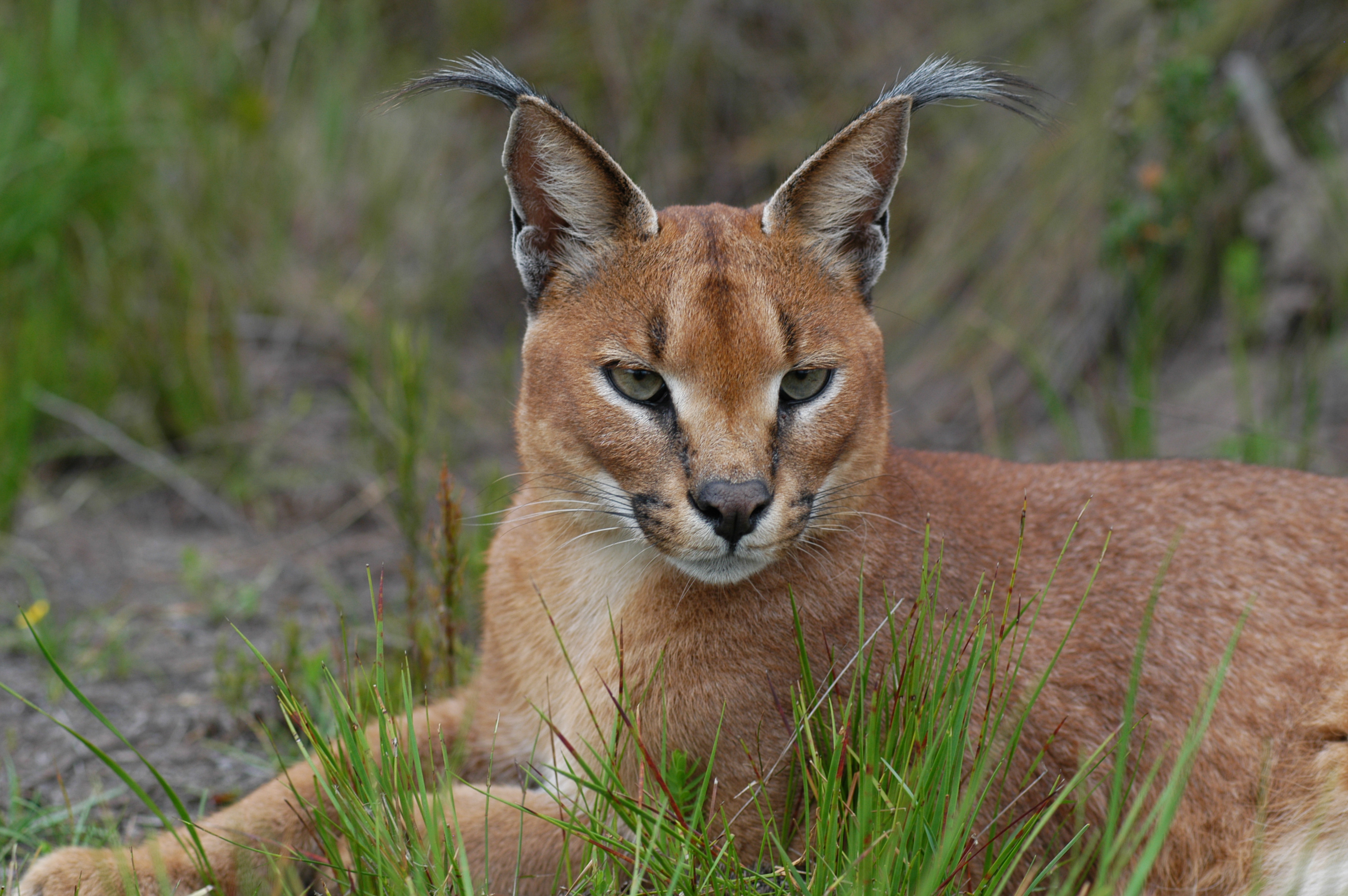
Caracal. Image credit: Wildscreen Exchange
Previously temporary summer camps for pastoral farmers have become permanent settlements and overgrazing is a serious problem. Branches are cut in the forest to provide winter forage for livestock and firewood collection. Exacerbated by drought, forest quality has declined, regeneration cannot occur, and soils are degraded. Persecution of raptors and possibly striped hyena through strychnine poisoning campaigns has had a serious impact. Bark-stripping behavior by Barbary macaque has been blamed for declining cedar forests but this is probably in response to a lack of available water, through drought and human settlement. The ecoregion is particularly vulnerable to climate change.
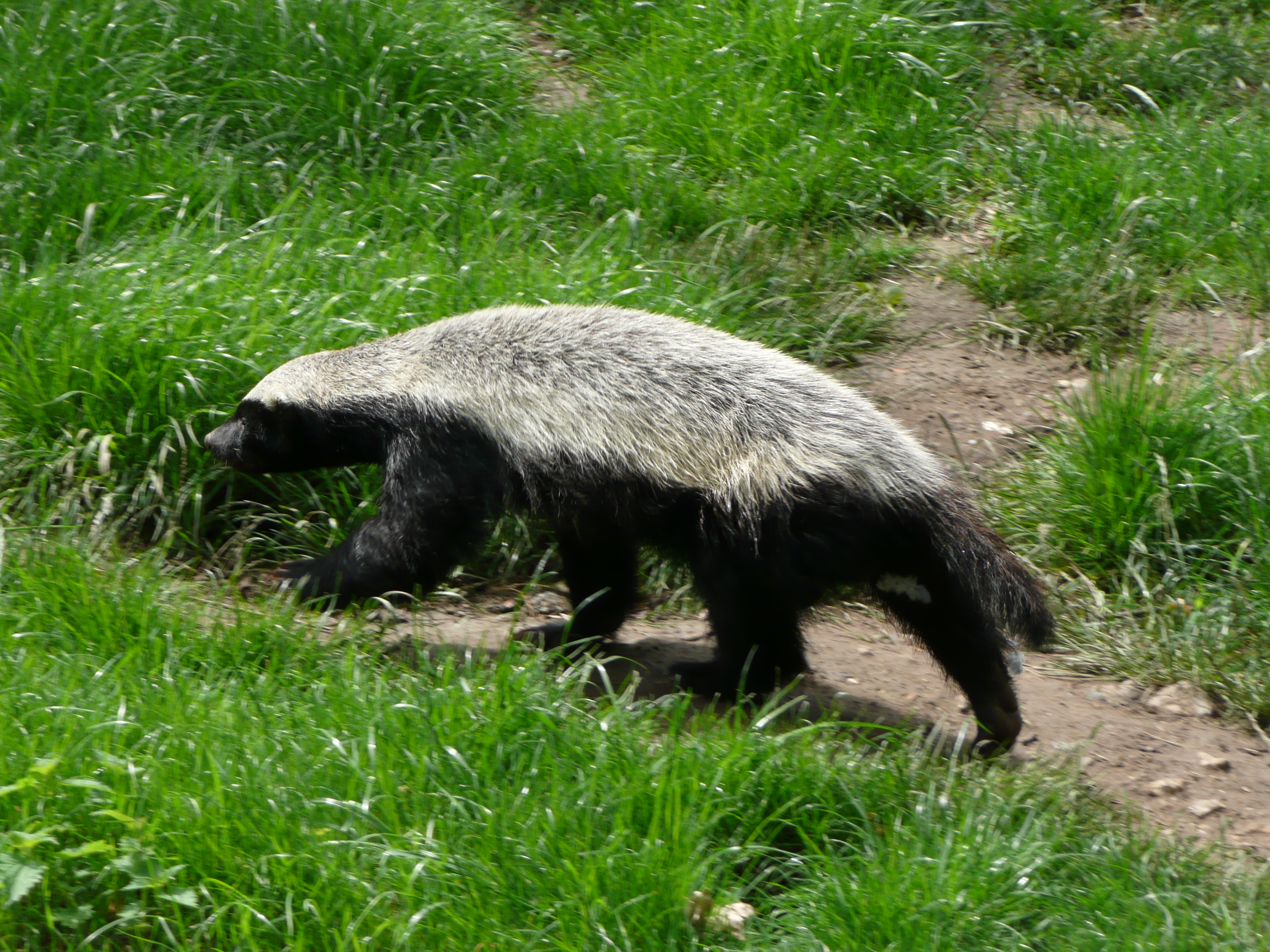
Honey badger. Image creditL CT Copper, Creative Commons
The priority conservation actions for the next decade will be to: 1) control overgrazing and firewood collection through education and cooperation with local people; 2) prevent wildlife persecution; and 3) implement management plans for the protected areas in the ecoregion.
Citations
- Burgess, N., Hales, J.A., Underwood, E., Dinerstein, E., Olson, D., Itoua, I., Schipper, J., Ricketts, T. and Newman, K. 2004. Terrestrial Ecoregions of Africa and Madagascar: A Conservation Assessment. Washington DC: Island Press.
- Joint Research Centre of the European Commission. 2019. The Digital Observatory for Protected Areas (DOPA) Explorer 3.1: Mediterranean High Atlas and juniper steppe. [Online]. [Accessed 21 August 2019]. Available from: https://dopa-explorer.jrc.ec.europa.eu/ecoregion/81010
- BirdLife International. 2019. Important Bird Areas factsheet: Parc National de Toubkal. [Online]. [Accessed 21 August 2019]. Available from: http://www.birdlife.org on 22/08/2019.

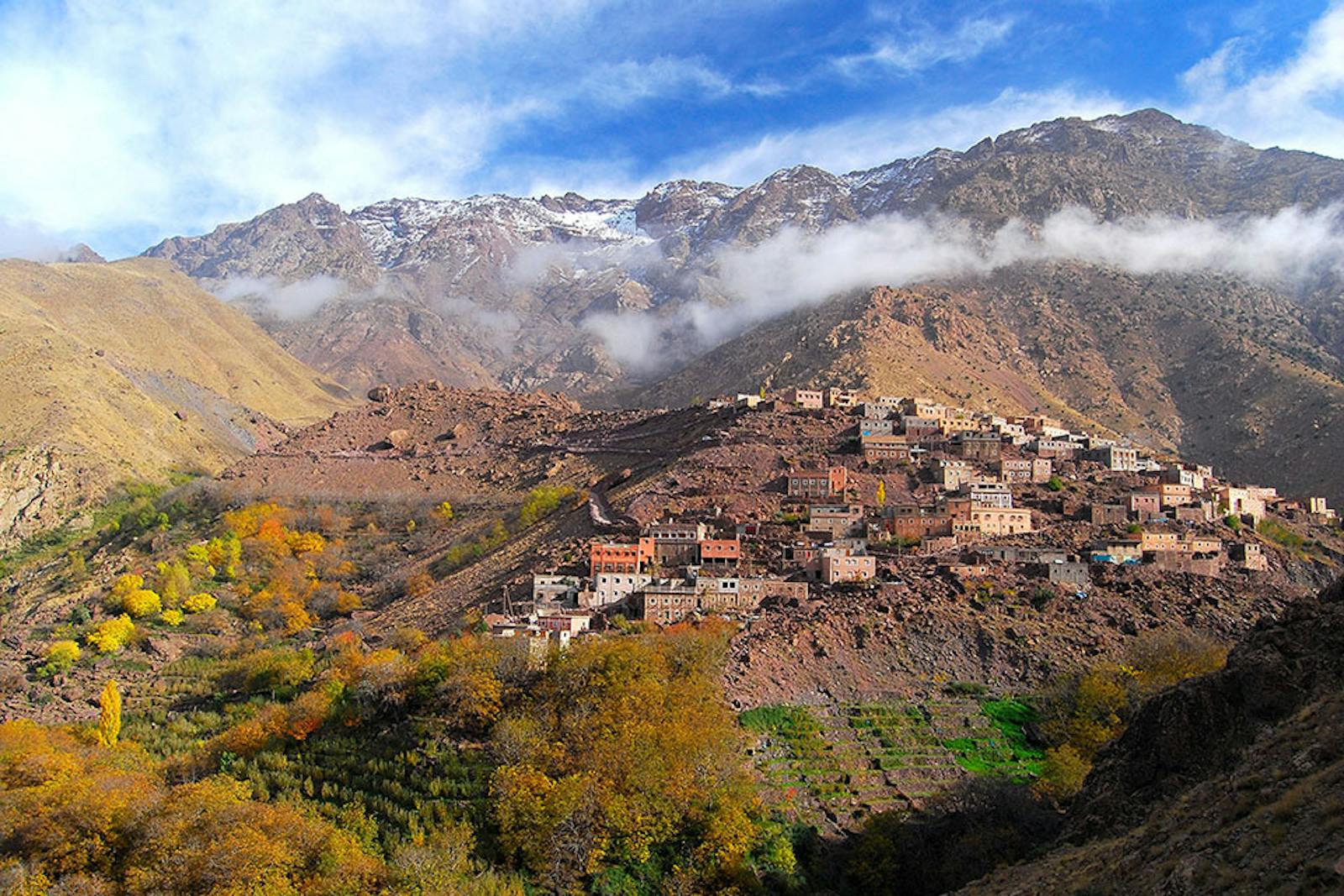
.png?auto=compress%2Cformat&w=300)

